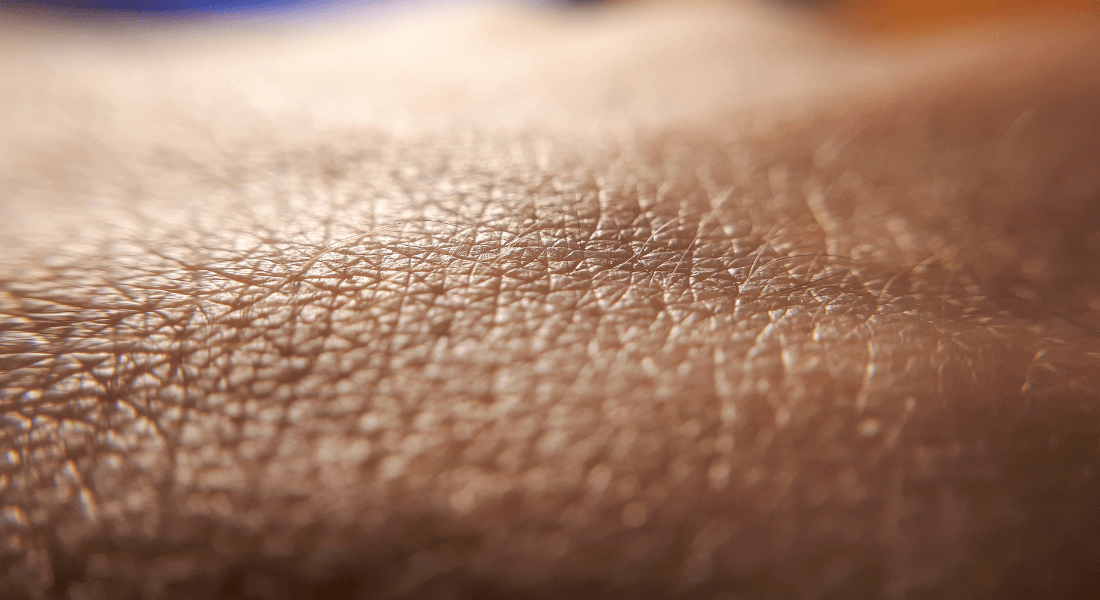Memory Killer Cells Could Help Improve Survival For Melanoma Patients
THE SKIN Our skin contains specialised long-lived killer cells that can protect against intruders or cause inflammatory skin diseases. Researchers at Karolinska Institutet in Sweden and the University of Copenhagen in Denmark have now identified how these cells are formed and shown that people with better survival in melanoma have high levels of such memory killer cells in cancer tissue.
 Photo: Canva.com The skin is a very important barrier against diseases, and its immune system is perfectly placed to protect us from both infections and skin cancers, such as malignant melanomas. When the immune system is wrongly activated, the skin’s immune system can cause common diseases like psoriasis, vitiligo, eczema.
Photo: Canva.com The skin is a very important barrier against diseases, and its immune system is perfectly placed to protect us from both infections and skin cancers, such as malignant melanomas. When the immune system is wrongly activated, the skin’s immune system can cause common diseases like psoriasis, vitiligo, eczema.
To form this barrier, immune cells called T cells can transform into ”tissue-resident memory T cells” or ”tissue-resident memory killer T cells” in the skin during infections and inflammations. Memory killer T cells are excellent at attacking infected cells, and they are also activated by immunotherapy to control various cancers such as melanomas. Now, a new study has shown how memory killer T cells are formed from blood T cells.
“Our study addresses the basic properties in memory killer cells in the skin that creates immune protection, skin inflammation or skin diseases such as vitiligo. Interestingly, when we looked for these cells in published data-sets from wide-spread melanoma, we found that patients that survived the longest with wide-spread melanoma cancers also had a lot more of a factor needed for the development of memory killer cells than patients with shorter survival”, explains Professor Liv Eidsmo, professor and Executive Director at the LEO Foundation Skin Immunology Research Center at the University of Copenhagen.
“Certain basic mechanisms of tissue-resident T cell development have been revealed in mouse models of infection, but our study is the first to elucidate how memory killer T cells are imprinted to function in healthy human skin – and that the developmental pathways we identify are associated with prolonged survival in metastatic melanomas,” says Liv Eidsmo.
Contributes to a deeper understanding of melanoma protection
The study is a close collaboration between Karolinska Institutet and researchers at the LEO Foundation Skin Immunology Research Center at the University of Copenhagen.
“We don’t know so much about how and why memory killer cells are formed in the skin and what it means for cancer patients,” says Professor Yenan Bryceson at the Department of Medicine (Huddinge), Karolinska Institutet.
“Finding out how these cells develop enables us to contribute to the development of more efficient immunotherapy for diseases like melanoma. We now aim to harness their findings to optimise the immunotherapy-induced T-cell response to enhance immune cell’s ability to eliminate cancer cells in tissues.”
The conceptual framework and the scientific reasoning are developed together between the groups at the University of Copenhagen and Karolinska Institutet.
Wenning Zheng, in Liv Eidsmo’s group at the University of Copenhagen, analysed the gene expression of T cells from human skin and data from malignant melanomas. The two groups also worked together to analyse patient material and to build the experimental systems to develop skin T cells in the laboratory from blood-derived T cells.
Beatrice Zitti and Elena Hoffer, at Karolinska Institutet, isolated T cells from the skin and blood of healthy volunteers and used advanced techniques to examine gene activity and expression of different proteins. This allowed them to identify T cells in the blood with the potential to develop into memory killer cells in skin or other tissues. After knocking out specific genes, they could also demonstrate which genes are required for the maturation of memory killer cells in tissue.
The study was conducted in collaboration with the Karolinska University Hospital, Nordiska Kliniken and Vrinnevi Hospital.
Publication: Beatrice Zitti, et al., Human skin-resident CD8+ T cells require RUNX2 and RUNX3 for induction of cytotoxicity and expression of the integrin CD49a, Nature Microbiology (2023). DOI: 10.1016/j.immuni.2023.05.003.
Original Story Source: University of Copenhagen

 Alerts Sign-up
Alerts Sign-up